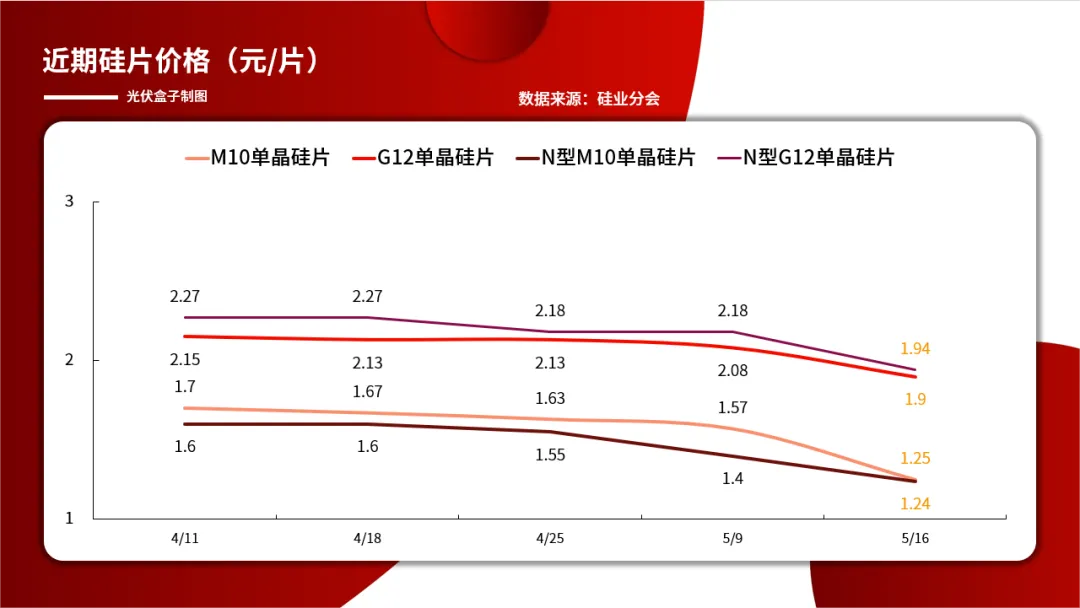off grid inverter 10kw
Understanding the 10kW Off-Grid Inverter A Comprehensive Guide
In recent years, the push for renewable energy solutions has gained significant traction worldwide. One of the pivotal components facilitating this transition is the off-grid inverter, particularly the 10kW model. This article delves into the functionalities, benefits, system configurations, and applications of a 10kW off-grid inverter, highlighting its critical role in sustainable energy practices.
What is an Off-Grid Inverter?
An off-grid inverter is an essential device that converts direct current (DC) electricity from solar panels or batteries into alternating current (AC), which is the form of electrical power typically used for household appliances. Unlike grid-tied inverters, off-grid inverters operate independently of the public power grid. This feature makes them ideal for remote locations or situations where grid electricity is unreliable or unavailable.
Significance of a 10kW Off-Grid Inverter
The 10kW off-grid inverter is particularly popular among residential and small commercial setups. It provides ample power to run multiple appliances simultaneously, making it suitable for intense energy demands. A standard 10kW inverter can support various loads, including lighting, refrigeration, heating, and other electrical devices. By utilizing such an inverter, consumers can significantly reduce their reliance on fossil fuels and enhance their energy independence, leading to both economic and environmental benefits.
Key Features and Technologies
1. Pure Sine Wave Output Many 10kW off-grid inverters produce pure sine wave power, which closely resembles the electricity supplied by utility companies. This quality ensures compatibility with sensitive electronics and appliances, minimizing the risk of equipment damage or operational inefficiencies.
2. MPPT Technology Maximum Power Point Tracking (MPPT) is a feature in many modern inverters that optimally extracts power from solar panels. This technology allows the inverter to operate at its most efficient point, maximizing energy production even in less-than-ideal sunlight conditions.
3. Battery Management System A robust battery management system is often integrated into 10kW inverters. This system monitors battery health, performance, and charge levels, ensuring longevity and optimal performance of battery storage systems.
4. Remote Monitoring Today's off-grid inverters frequently come equipped with remote monitoring capabilities, enabling users to track energy production and consumption via mobile devices or computers. This feature increases user control and enhances system management.
off grid inverter 10kw

System Configuration
A standard 10kW off-grid system typically includes solar panels, batteries, and the inverter itself. The configurations may vary but generally involve
- Solar Panels Sufficient solar panels are required to produce the DC electricity needed for the 10kW inverter. The required number varies depending on geographical location, sunlight availability, and energy needs.
- Battery Storage Batteries store excess energy generated during sunlight hours, providing power during nighttime or cloudy days. The size of the battery bank should be considered based on energy consumption patterns and the desired backup duration.
- Inverter The inverter is connected to both the solar panels and the battery storage system, enabling energy conversion and distribution to household circuits.
Applications
10kW off-grid inverters serve various applications, including
- Remote Homes and Cabins Ideal for off-grid living, they provide consistent power for everyday needs without relying on grid electricity. - Backup Power Systems In areas prone to natural disasters or power outages, these inverters can serve as reliable backup systems.
- Small Businesses Off-grid systems can power shops, workshops, or agricultural operations in remote locations, ensuring uninterrupted productivity.
Conclusion
The 10kW off-grid inverter represents a significant step towards sustainable energy independence. By harnessing solar energy and providing reliable, clean power, these inverters are not just an investment in technology but also a crucial part in combating climate change. As technology advances, the efficiency and affordability of such systems will continue to improve, paving the way for broader adoption and a greener future. Whether you are seeking energy independence, preparing for emergencies, or simply reducing your carbon footprint, a 10kW off-grid inverter is a formidable option to consider.
-
String Solar Inverter: The High-Efficiency Solution for Smart Solar EnergyNewsJul.14,2025
-
Revolutionizing Rooftop Energy with the Power of the Micro Solar InverterNewsJul.14,2025
-
Power Independence with Smart Off Grid Solar Inverter SolutionsNewsJul.14,2025
-
On Grid Solar Inverter: Powering the Future with Smart Grid IntegrationNewsJul.14,2025
-
Monocrystalline Solar Panels: High-Efficiency Power for the Future of Clean EnergyNewsJul.14,2025
-
Bifacial Solar Panel: A Smarter Investment for Next-Generation Energy SystemsNewsJul.14,2025







